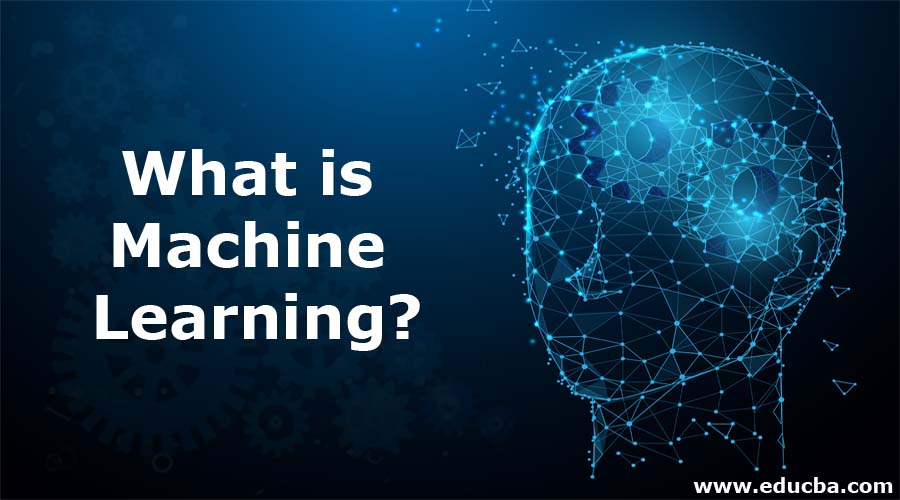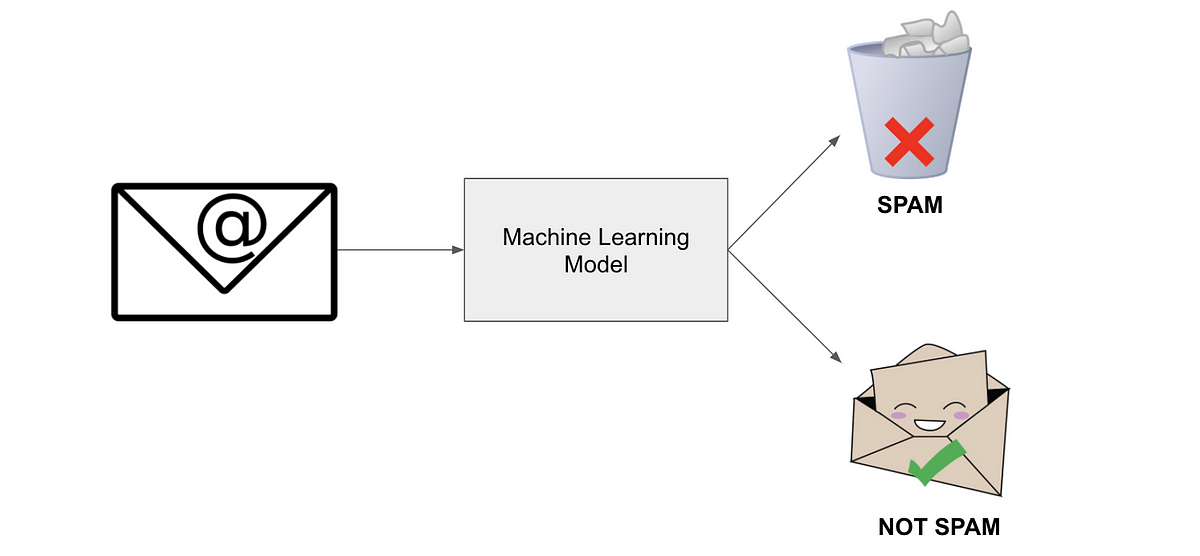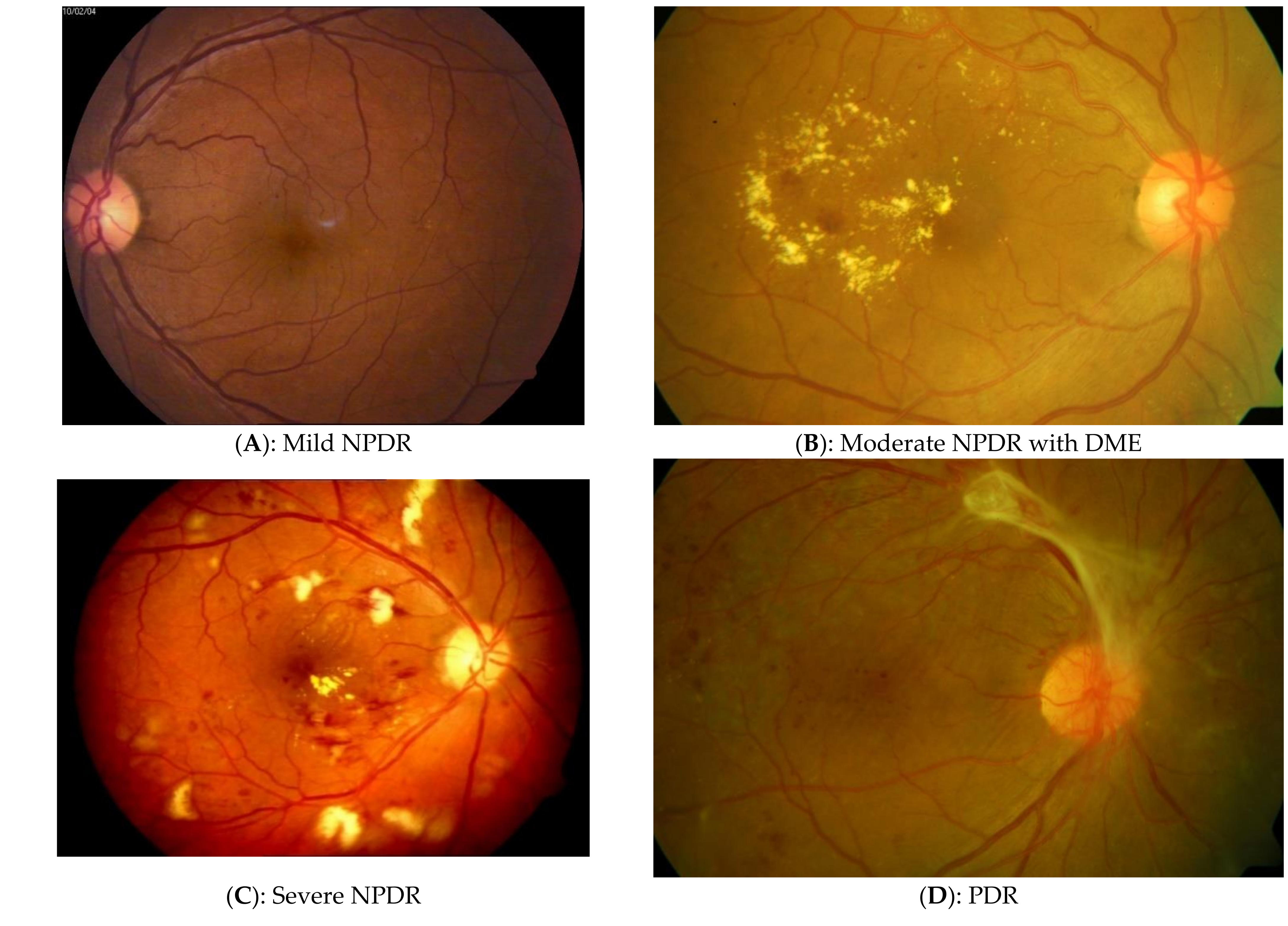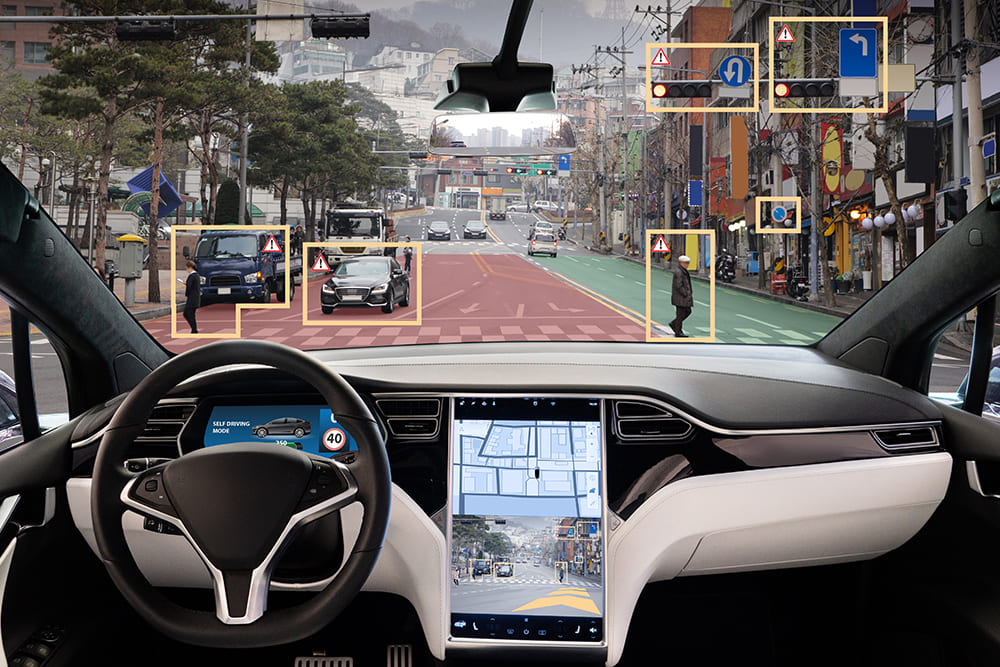Welcome to the exciting world of Machine Learning (ML)! In this blog series, we'll set out on a journey to explore Machine Learning, understand complex concepts, and equip you with the knowledge you need to start your ML adventure. Whether you're a curious beginner or a tech enthusiast, this series will provide you with a solid foundation to dive into the realm of Machine Learning.
What is Machine Learning?

"Machine Learning is a subset of artificial intelligence that involves the development of algorithms and models that allow computers to learn from and make predictions or decisions based on data, without being explicitly programmed.", well that's your textbook definition.
But what does that mean in simpler terms? Imagine you're teaching a young child to differentiate between cats and dogs. You show the child various pictures of cats and dogs, pointing out the differences between them. Eventually, the child starts recognizing the features that distinguish a cat from a dog and can make accurate predictions when shown new pictures. Similarly, Machine Learning enables computers to learn from data and make predictions or decisions on their own.
Machine Learning Algorithm
Think of a machine learning algorithm as a set of instructions that helps a computer learn and make decisions from data. Imagine teaching a computer to recognize cats in pictures. The algorithm is like a recipe that the computer follows to analyze different features of the pictures (like fur color, shape of ears, etc.) and figure out what makes a cat a cat. Over time, with more pictures and adjustments to the recipe, the computer gets better at recognizing cats on its own.
Dataset
A dataset is like a big collection of information or examples. Imagine you're trying to teach a friend about different fruits. You show them a bunch of apples, oranges, and bananas. Each piece of fruit is an example in your dataset. It's like a big box of different things you want the computer to learn from. In our cat example, a dataset could be a collection of thousands of cat and non-cat images that the computer uses to learn and improve its cat recognition skills.
An algorithm and a dataset work together to help computers do things like recognizing patterns, making predictions, and making decisions.
A Real-world Example: Spam Email Detection

Let's take a practical example to better understand the concept. Consider your email inbox. You receive numerous emails every day, and some of them are pesky spam messages. Now, instead of manually sorting through your emails and marking spam, imagine if your email client could automatically identify and filter out spam emails for you. This is where Machine Learning comes into play.
By training a Machine Learning model on a large dataset of emails labeled as "spam" or "not spam," the model can learn patterns and characteristics that are indicative of spam. It might learn that certain keywords, phrases, or email origins are more likely to be associated with spam. Once trained, the model can analyze new, incoming emails and predict whether they're likely to be spam or not. This way, your inbox becomes cleaner and more manageable, thanks to the power of Machine Learning.
Types of Machine Learning
Machine Learning is broadly categorized into three types: supervised learning, unsupervised learning and reinforcement learning. Let's dive into each type and explore its characteristics with examples.

Supervised Learning
Supervised learning involves training a model on a labeled dataset, where the algorithm learns to map input data to corresponding output labels. It's like teaching the model by example, where it learns from historical data and makes predictions on new, unseen data.
Example: Let's take the above-mentioned example itself and assess it. Imagine you're building a spam email classifier. You provide the model with a dataset of emails, each labeled as "spam" or "not spam." The model learns to associate specific features (such as keywords, sender information, etc.) with the correct label. Once trained, the model can predict whether incoming emails are spam or not based on the patterns it learned.
Unsupervised Learning
Unsupervised learning involves working with unlabeled data, where the algorithm's goal is to discover underlying patterns or structures within the data. It's like allowing the model to explore and find hidden relationships without explicit guidance.
Example: Let's say you have a collection of customer purchasing data without any labels. Using unsupervised learning, you can group similar customers based on their buying behavior. The model might reveal clusters of customers who tend to buy similar products, providing valuable insights for targeted marketing strategies.
Reinforcement Learning
Reinforcement learning involves training an agent to make a sequence of decisions in an environment to maximize a cumulative reward. It's like teaching a computer to learn from trial and error, where it explores different actions and learns which actions yield the best outcomes.
Example: Think of a self-driving car learning to navigate through a city. The car receives feedback in the form of rewards or penalties for its actions. If the car makes a safe lane change, it receives a positive reward. If it ignores a traffic signal, it receives a negative penalty. Over time, the car's algorithms adjust to make decisions that lead to higher cumulative rewards, enabling it to safely and efficiently navigate the city's streets.
The Importance and Uses of Machine Learning
Machine Learning has revolutionized the way we interact with technology and has found applications in a wide range of industries. It empowers computers to perform tasks that were once thought to be exclusive to human intelligence. Let's take a look at a few areas where Machine Learning is extensively implemented.
Healthcare
ML algorithms can analyze medical images, such as X-rays and MRIs, to assist doctors in diagnosing diseases like cancer. They can also predict patient outcomes and recommend personalized treatment plans.

Example: The use of ML in detecting diabetic retinopathy from retinal images, aiding in early diagnosis and treatment.
Finance
ML models can analyze financial data to detect fraudulent transactions, predict stock prices, and optimize investment strategies.

Example: Credit card companies use ML to identify unusual spending patterns and flag potential fraudulent activities.
E-commerce
Machine Learning powers recommendation systems that suggest products based on your browsing and purchasing history, enhancing your shopping experience.

Example: Websites like Amazon and Netflix use ML to suggest products and movies you might be interested in based on your past behavior.
Autonomous Vehicles
ML plays a crucial role in self-driving cars by enabling them to perceive their surroundings, make real-time decisions, and navigate safely.

Example: Tesla's Autopilot uses ML algorithms to interpret data from sensors and cameras, allowing the car to stay in its lane and avoid collisions.
Natural Language Processing (NLP)
ML is used to understand and generate human language, enabling applications like language translation, chatbots, and sentiment analysis.

Example: Google Translate uses ML to provide accurate translations between languages, making global communication easier.
Machine Learning's reach extends far beyond these examples, impacting industries like manufacturing, entertainment, agriculture, and more. As you delve deeper into our blog series, you'll discover the inner workings of Machine Learning algorithms, explore different types of learning, and even get hands-on experience in building your ML models.
In the upcoming parts of this series, we'll explore the fundamental concepts of Machine Learning, explore its types in detail, and take a closer look at the Machine Learning Process. So, stay tuned and get ready to embark on an exciting journey into the world of Machine Learning!
That concludes the first part of our Machine Learning blog series. Stay curious, and keep an eye out for the upcoming post!